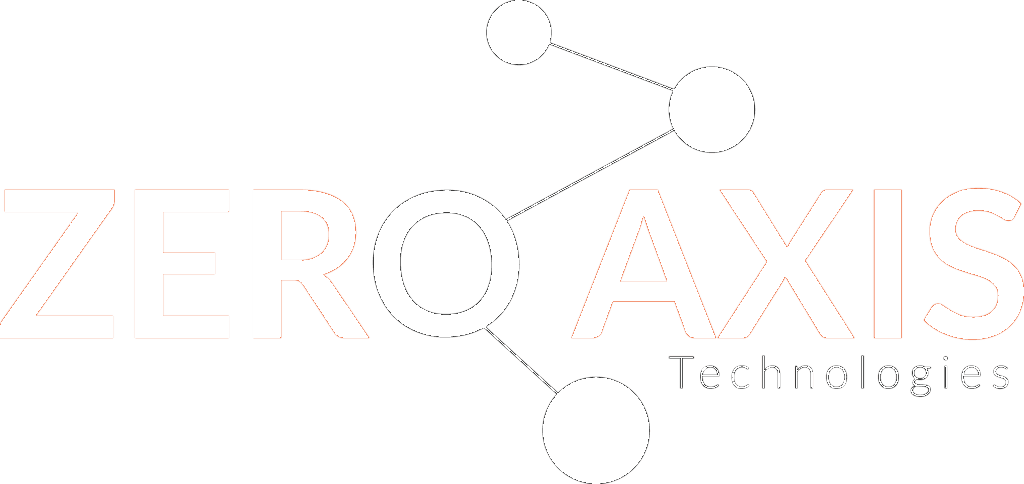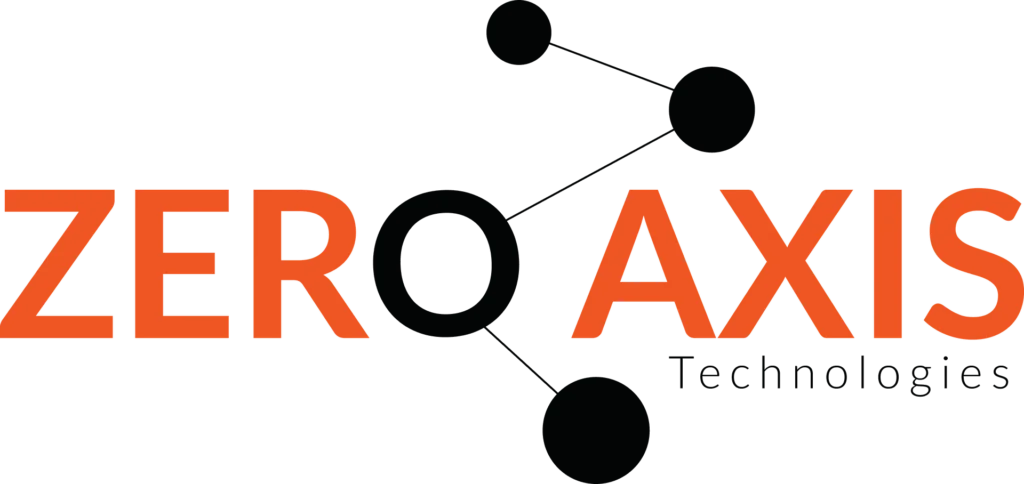Driving Innovation through Advanced R&D Solutions
Optimizing Embedded Software for Low Power Consumption: Techniques and Best Practices
In the world of embedded systems, power consumption is a paramount concern, especially in battery-operated devices like wearables, IoT sensors, and medical devices. As devices become smaller and more pervasive, the need for efficient power management becomes even more critical. In this blog, we’ll explore various techniques and best practices to optimize embedded software for low power consumption, ensuring that embedded systems can run longer on limited energy resources without sacrificing performance.
Why Power Optimization Matters:
Embedded systems are widely used in portable, battery-operated devices where power consumption directly impacts the device’s usability. Devices like fitness trackers, medical implants, remote sensors, and drones all need to function for extended periods on limited battery life.
If an embedded system consumes too much power, users may have to charge their devices frequently, which can be a significant inconvenience. Additionally, in certain applications like medical devices, the inability to sustain power for long periods could have severe consequences. Therefore, optimizing embedded software to minimize energy usage is not just about performance—it’s also about reliability, user satisfaction, and safety.
Key Techniques for Low Power Optimization:
Power-Saving Modes (Sleep Modes): Most microcontrollers and processors come with different low-power modes, such as deep sleep or hibernation, where the device shuts down or reduces its clock frequency to conserve energy. Embedded systems can be designed to enter these low-power states when they are idle or waiting for events, waking up only when necessary.
Best Practice: Implement efficient sleep mode management by ensuring that devices enter low-power states as soon as possible and return to full operation only when required. For example, a temperature sensor might periodically wake up to take a reading and then return to a deep sleep mode.
Dynamic Voltage and Frequency Scaling (DVFS): DVFS is a technique where the processor adjusts its voltage and frequency according to the workload. When the system is under light load, it can reduce its clock speed and voltage to save power. Conversely, it can increase the clock speed and voltage when the workload is heavy.
Best Practice: Use DVFS to dynamically adjust the system’s power usage based on current processing needs. However, care should be taken not to impact the real-time performance of critical tasks.
Optimizing Communication Protocols: Communication between devices, especially in wireless IoT systems, can be power-hungry. Reducing the frequency of communication or choosing power-efficient communication protocols (like Bluetooth Low Energy or Zigbee) can significantly reduce energy consumption.
Best Practice: Implement techniques such as duty cycling in wireless communication, where devices only transmit or listen for data during scheduled times, reducing the power spent on radio communication.
Efficient Use of Peripherals: Peripherals like sensors, displays, and motors often consume more power than the core processor. Optimizing the use of peripherals and turning them off when not in use can lead to substantial power savings.
Best Practice: Only activate peripherals when needed, and design your software to shut them down or put them into low-power states when not in use.
Energy-Aware Algorithms: Some algorithms, especially those that involve frequent processing of data or repetitive tasks, can be optimized for energy efficiency. For example, when processing sensor data, techniques like event-driven programming can be used to reduce unnecessary computations.
Best Practice: Design your software with energy efficiency in mind. Avoid polling sensors or performing redundant calculations that would drain power unnecessarily.
Low Power Embedded Hardware: Selecting energy-efficient hardware is the first step in designing low-power embedded systems. Many modern microcontrollers and processors are designed with power consumption in mind and include built-in features like power gating, low-voltage operation, and sleep modes.
Best Practice: When choosing hardware, ensure that the components are optimized for low power consumption and that the software makes full use of the available power management features.
Tools and Techniques for Power Optimization:
Power Profiling Tools: Tools like EnergyTrace, PowerTrace, and others allow developers to measure the power consumption of embedded systems at different stages of operation, helping to identify areas for optimization.
Low Power Libraries and SDKs: Many manufacturers provide software libraries and SDKs that are optimized for low power. These libraries abstract the hardware details, making it easier for developers to implement power-saving techniques.
Static and Dynamic Analysis Tools: Tools like static analyzers and runtime profilers can be used to identify inefficient code paths that lead to high power consumption.
Case Studies of Power Optimization:
Wearable Devices: Fitness trackers and smartwatches need to operate for days or even weeks on a single charge. Optimizing the software to handle intermittent sensor polling, efficient use of wireless communication, and low-power display technology are key to extending battery life.
IoT Sensors: Many IoT devices rely on low-power sensors to monitor environmental parameters (e.g., temperature, humidity, or light levels). By using sleep modes and reducing communication frequency, these devices can last for months or years on small batteries.
Medical Devices: Implanted medical devices like pacemakers or glucose monitors must have a long operational life to reduce the need for surgical replacements. By optimizing software for low power, these devices can operate for many years on a single battery.
Conclusion:
Low power consumption is a critical consideration in the design of embedded systems, particularly for battery-powered devices. By implementing efficient software and hardware techniques, such as using power-saving modes, optimizing communication protocols, and applying energy-aware algorithms, developers can significantly extend the battery life of embedded systems. As the demand for portable, always-on devices continues to grow, mastering the art of power optimization will be an essential skill for embedded software engineers.



